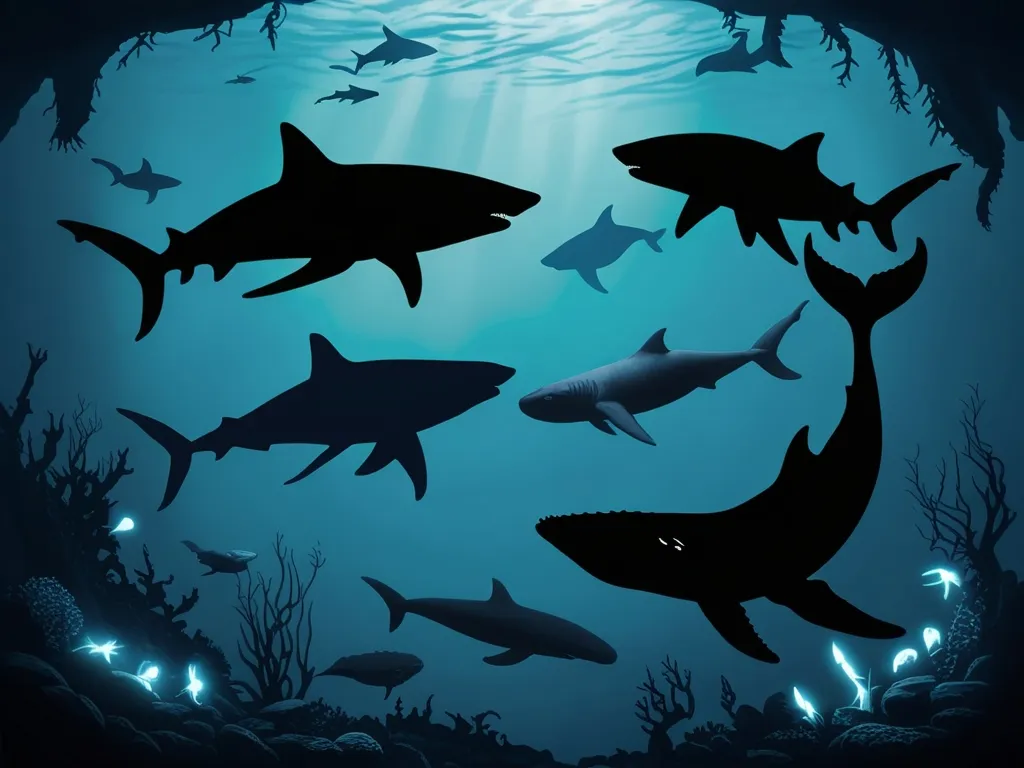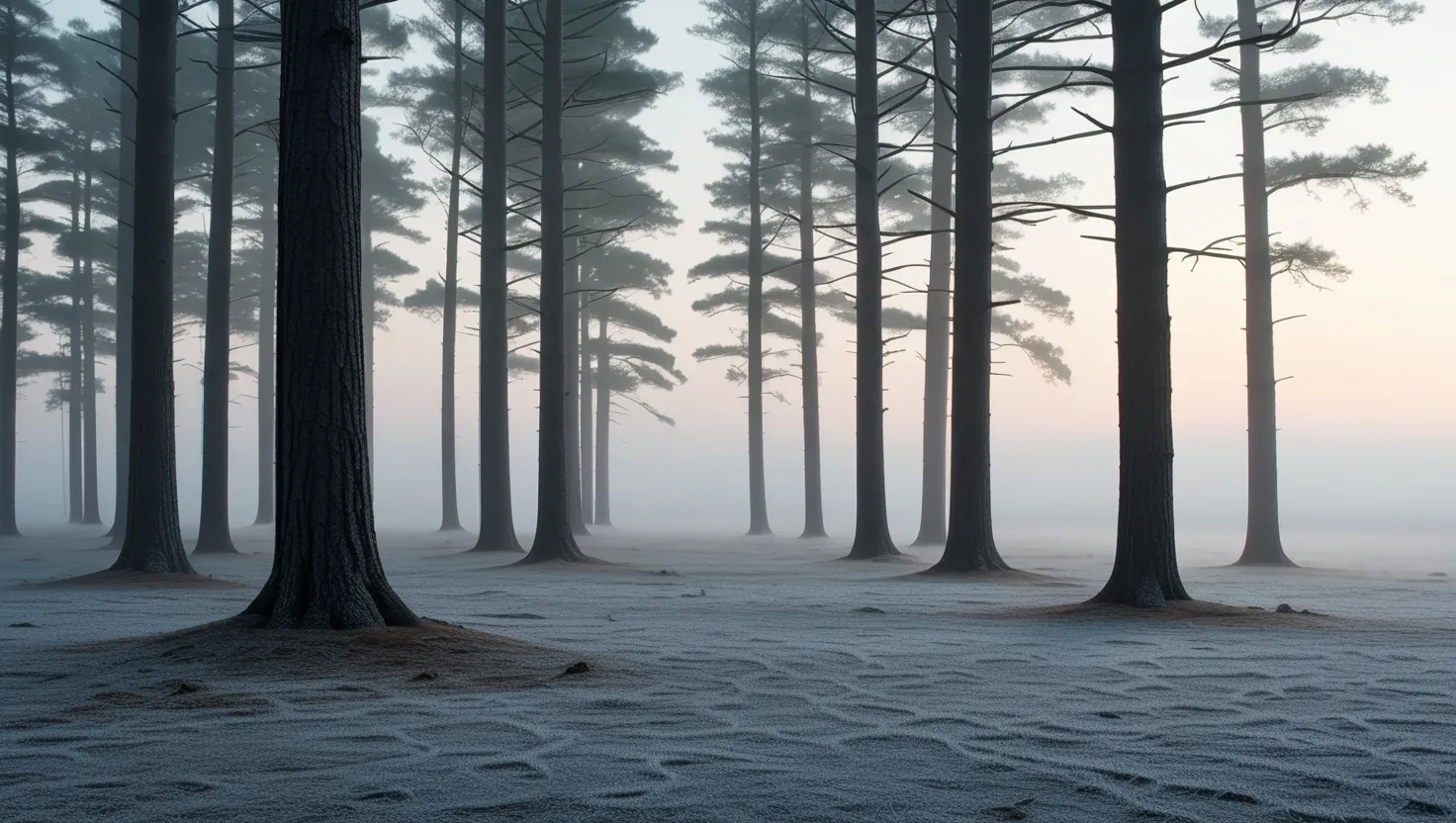As I delve into the mysteries of the ocean, I often find myself pondering the legends of gigantic sea creatures that are said to inhabit its unexplored depths. The ocean, with its vast and largely unmapped territories, has long been a source of fascination and fear, fueling both scientific curiosity and wild speculation. Let’s dive into the world of these oceanic giants and explore whether they are mere myths or if there is some truth to these tales.
The Megalodon: A Prehistoric Giant
One of the most enduring legends is that of the megalodon, a shark so massive that it makes the great white look like a minnow. With teeth as large as your hand, this prehistoric giant roamed the oceans millions of years ago. But what happened to these colossal creatures? Research suggests that climate change and changes in prey availability may have played a significant role in their extinction. However, their legacy lives on in pop culture and conspiracy theories, with some claiming that megalodons might still lurk in the ocean’s depths.
While there is no scientific evidence to support the existence of megalodons in modern times, their mythical status continues to inspire wonder and fascination. In many ways, the megalodon represents the intersection of science and folklore, where the boundaries between fact and fiction blur. For instance, in Hawaiian mythology, there are stories of shark deities like Kamohoali’i, who could shape-shift between human and shark forms. These stories, though not about megalodons specifically, highlight the deep respect and fear that humans have always had for these oceanic predators.
The Greenland Shark: The Wise Old Wizard
Another creature that has captured the imagination of scientists and the public alike is the Greenland shark. This slow-moving giant can live for over 400 years, making it one of the longest-living vertebrates on Earth. What’s remarkable about the Greenland shark is its incredibly slow metabolism, which remains stable throughout its life. This unique metabolic trait is crucial for maintaining cellular function and reducing cellular damage over time.
Living in the frigid depths of the Arctic and North Atlantic Oceans, the Greenland shark’s environment plays a significant role in its longevity. The cold temperatures slow down its metabolic processes, conserving energy and minimizing cellular damage. This adaptation is not unique to the Greenland shark; many Arctic species, such as the bowhead whale and the ocean quahog clam, also live for hundreds of years due to similar environmental factors.
The Ocean Quahog: A Clam with a Long History
The ocean quahog, or “Ming,” is another example of an oceanic creature with an extraordinary lifespan. This clam was found to be approximately 507 years old when it was dredged from the seabed in North Iceland. By counting its growth bands and dating the carbon in its shell, scientists determined that Ming had been living on the seafloor since the Ming Dynasty.
What’s fascinating about Ming and other long-lived clams is that they continue to grow but don’t appear to age in the same way humans do. This phenomenon is often referred to as “biological youth,” where the clam’s body and mind remain in a state of relative health and vitality despite its advanced age. This raises intriguing questions about the mechanisms of aging and how some species manage to avoid age-related diseases.
The Bowhead Whale: A Mammal of Unmatched Longevity
The bowhead whale is another marine mammal known for its remarkable longevity. With a lifespan estimated to be over 200 years, it is the longest-lived mammal known to science. What’s remarkable about bowhead whales is their ability to remain disease-free until much later in their lives compared to humans. Research has shown that changes in their DNA related to cancer, aging, and cell repair contribute to their extraordinary longevity.
One of the most compelling pieces of evidence for the bowhead whale’s age came from an antique harpoon head found lodged in the blubber of a recently killed whale. The harpoon head was from a brand that hadn’t been manufactured since 1885, indicating that the whale had survived a whaler’s attack over 130 years ago. This story not only highlights the whale’s longevity but also underscores the importance of conservation efforts to protect these ancient creatures.
The Tuatara: A Land-Dwelling Enigma with Oceanic Connections
While not exclusively an oceanic creature, the tuatara, a reptile native to New Zealand, shares some intriguing connections with the ocean’s mysteries. This ancient reptile, which has been around since the time of the dinosaurs, has a genome that is unusually large and complex. The tuatara’s ability to live for over a century and withstand cool temperatures is partly due to its unique genetic makeup, including genes that produce selenoproteins, which help protect against aging and cellular deterioration.
The tuatara’s evolutionary relationship with other reptiles, including snakes and lizards, is also of great interest. Researchers have found that the tuatara is more closely related to snakes and lizards than to crocodilians, birds, or turtles. This ancient lineage makes the tuatara a fascinating subject for study, especially when considering its adaptations that allow it to thrive in cooler environments, a trait shared by many long-lived oceanic species.
The Intersection of Biology and Folklore
As we explore these oceanic giants, it becomes clear that the line between science and folklore is often blurred. In many cultures, sharks and other marine creatures have been elevated to divine status. For example, in Fijian mythology, the shark god Dakuwaqa was believed to protect fishermen from the perils of the sea. These stories not only reflect the respect and fear that humans have for these creatures but also highlight the deep connection between humans and the ocean.
The Quest for Understanding
The quest to understand the secrets behind the longevity of these oceanic creatures is an ongoing one. By studying the unique metabolic and physiological traits of species like the Greenland shark, scientists hope to gain insights into the mechanisms of aging and longevity. This research could have significant implications for human health, potentially leading to advancements in anti-aging therapies and cardiovascular health.
As I reflect on these oceanic mysteries, it becomes evident that the sea holds many secrets that could recalibrate our understanding of life on Earth. Whether it’s the megalodon’s prehistoric grandeur, the Greenland shark’s remarkable longevity, or the bowhead whale’s disease-free life, each of these creatures offers a unique window into the natural world.
In the end, the ocean remains a vast and largely unexplored frontier, full of mysteries waiting to be uncovered. As we continue to explore and study these oceanic giants, we are reminded of the awe-inspiring complexity and beauty of the natural world. Whether these creatures are seen as myths or as real, living beings, they inspire us to delve deeper into the unknown, to explore, and to understand the intricate web of life that binds us all together.






